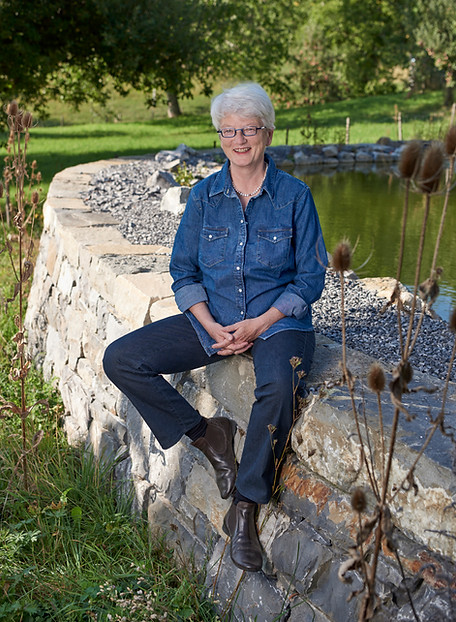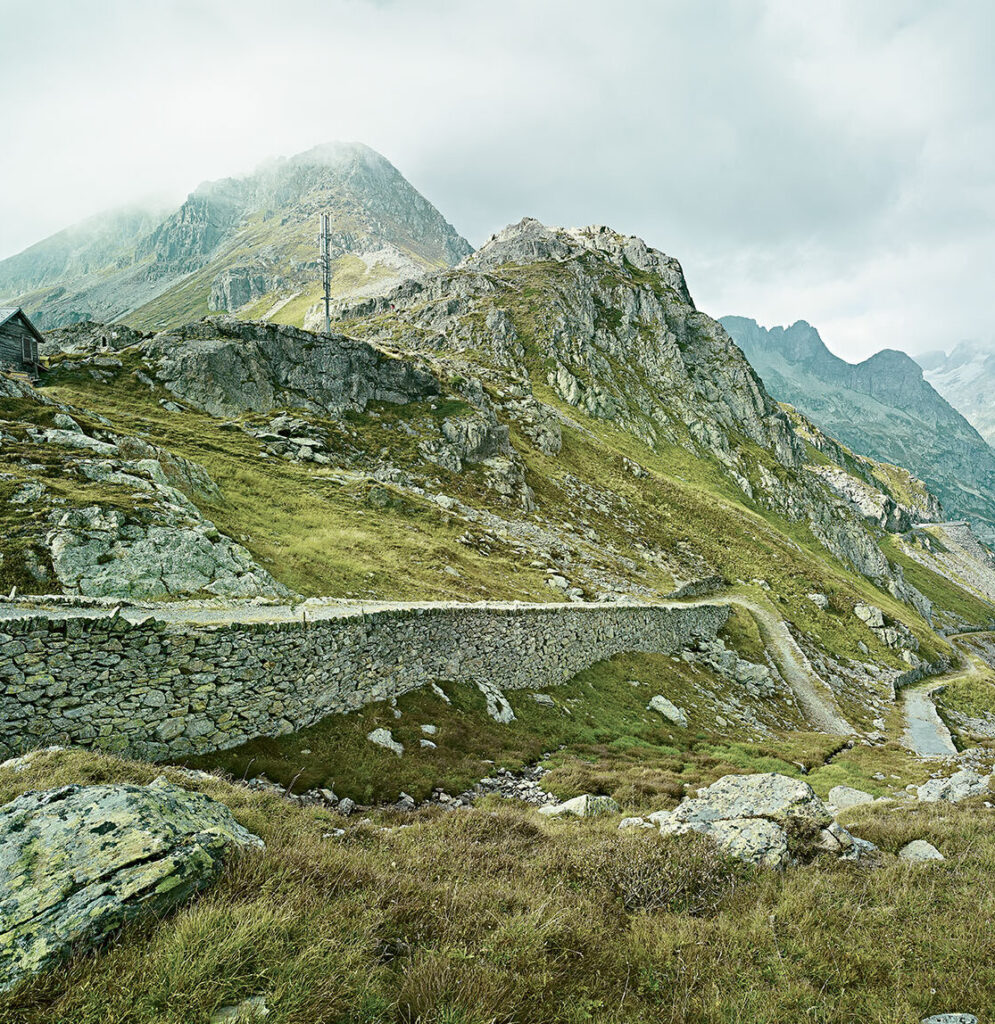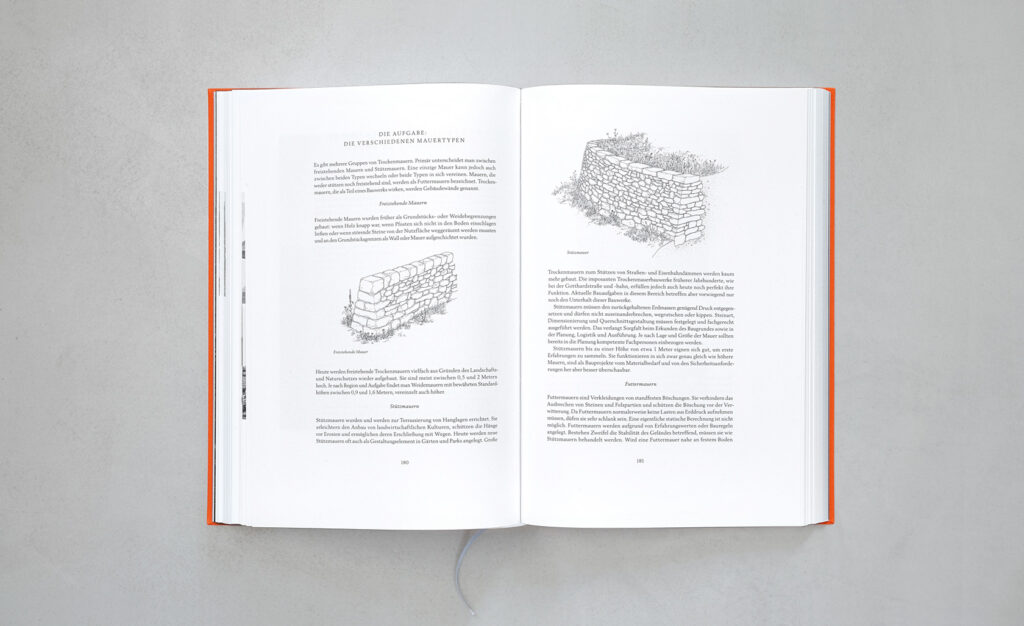Share this Collection
2 Citations in this Annotation:
Annotated by:
Selmar Binder and Jaehee Shin on Dry Stone Walls
27 March, 2025
As the saying goes, people tend to gather with their own kind, and over the past few years I, Jaehee, have been introduced to this book Trockenmauern : Grundlagen, Bauleitung, Bedeutung by three very close people in my life. Ji Min An, Ramun Capaul and Selmar Binder.


Marianne Hassenstein
Although I have had this thick red book in my possession for three years, to my shame I only found out last December that this book was actually and factually edited by Marianne Hassenstein, who was the director of the Swiss Foundation for Environmental Action for 32 years. This book, with chapters by various authors and beautiful illustrations, was created with the intention of sharing and documenting the vast and detailed knowledge of dry stone walls, Trockenmauern, as one of the most important cultural landscapes in Switzerland.
What is interesting is that this is a very rare book that directly touches on many of the glossaries from Women Writing Architecture : Care, Construction, Environmentalism, Learning, Representation and Vernacular.
Die Stiftung Umwelteinsatz wäre heute nicht, was sie ist, ohne das enorme Engagement, die Kompetenz, die Sorgfalt und Umsicht, die Hartnäckigkeit und die Kreativität von Marianne Hassenstein. Als sie im Frühjahr 1986 die Stelle als Geschäftsführerin der heutigen Stiftung Umwelteinsatz antrat, war einiges nicht im Lot, und vieles lag geradezu im Argen. Aber Marianne hatte eine Vision. Sie bewarb sich mit den Sätzen: «Das bestehende Gefäss – die Stiftung – bietet eine grossartige Chance. Diese Organisation gilt es zu erhalten, zu entwickeln und zu vernetzen. Das Potenzial ist riesig. Schon sehr viele Menschen haben sich bis jetzt engagiert, Aufbauarbeit geleistet und Krisen bewältigt. Es wäre jammerschade, wenn das alles zerstört würde.» Danach begann sie, die Stiftung zu verändern, zu formen, zu erweitern und zu entwickeln. Sie baute und sicherte das Fundament der Organisation sukzessive und nachhaltig. Eigentlich könnte man fast sagen: Sie baute die Stiftung Umwelteinsatz auf wie eine Trockenmauer. Stein um Stein, sorgfältig, mit gutem Auge, ausdauernd, mit Kraft und mit Können.
Die Stiftung Umwelteinsatz, Jahresbericht 2018:
Marianne Hassenstein, who started working for the Stiftung Umwelteinsatz Schweiz (SUS), Swiss Foundation for Environmental Action since 1986, while most of the members of the Foundation have been men, has been a director for the past 32 years, with steady effort and dedication. Perhaps her greatest achievement was to bring the dry stone walls into the Foundation’s internal theme and to create a system that could care for the environment while producing sustainable education and learning. Hassenstein was quick to recognise the importance of restoring the dry-stone wall, Trockenmauer, which is an important task in the protection of the Swiss cultural landscape, and wanted to pass on to future generations the traditional method of making walls without mortar. Further the help of precisely developed technical knowledge allows less necessary repeated repairing of dry stone walls, which were done by farmers in the past and currently not really possible to continue in this way. The technical construction knowledge has been carefully and thoroughly recorded by various authors in different fields, and the beautiful and practical drawings of dry-stone walling give the impression of learning this theoretical knowledge as if on the spot. Young Swiss men who are interested in caring for nature and the environment can incorporate this attitude into their lives, as if it were a life’s work that lasts for more than ten years as civilian service, rather than a short period experience. The construction method can be learned from a well-written book, but the most interesting thing might be to work together with friends in the field, to sweat, to embrace the sun and the wind, to learn the essence of the construction method with your body and to contribute to the protection of the environment.
It is easy to call these dry-stone walls vernacular architecture, which does not reveal their authorship. Behind them, however, is the lifelong leadership and dedication of one woman, the establishment of a system of structured knowledge and learning in the field by the Foundation, and the sweat of the civil service volunteers who have worked hard to repair and build dry walls every year. This is not a thing of the past, it is still being built and repaired today.

